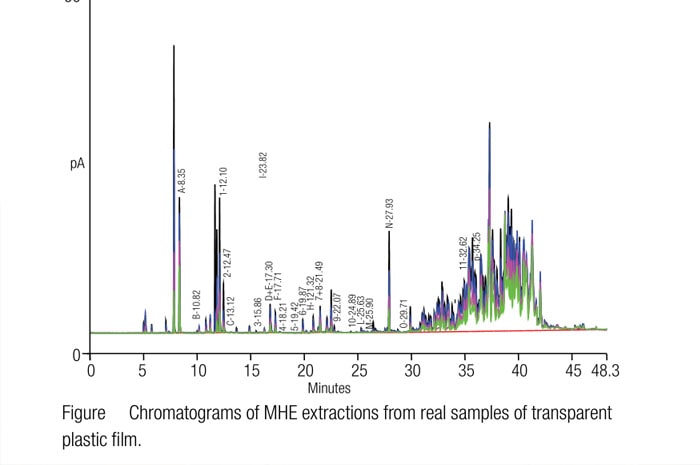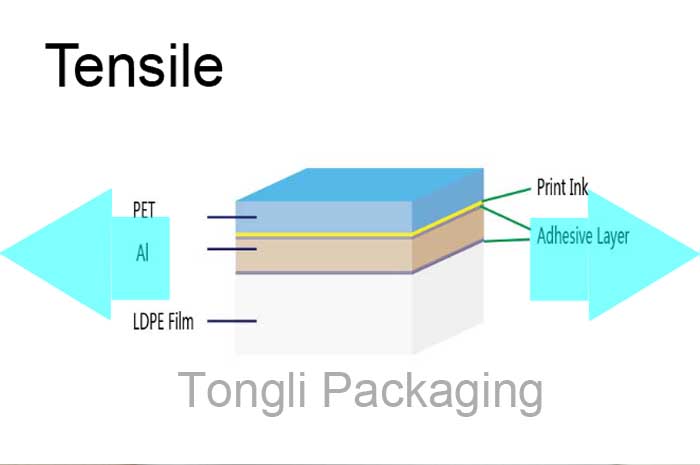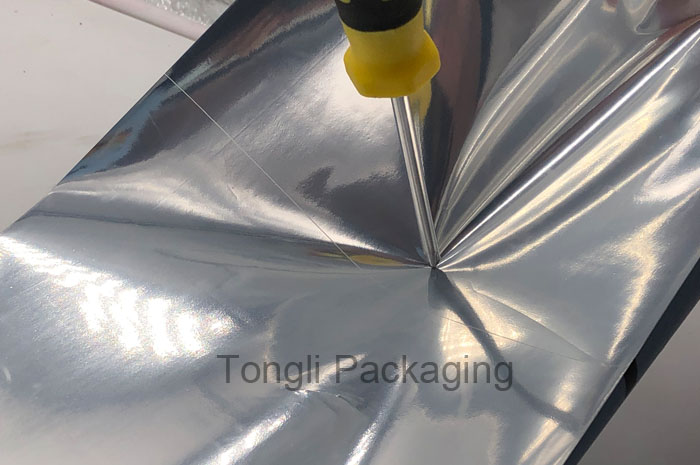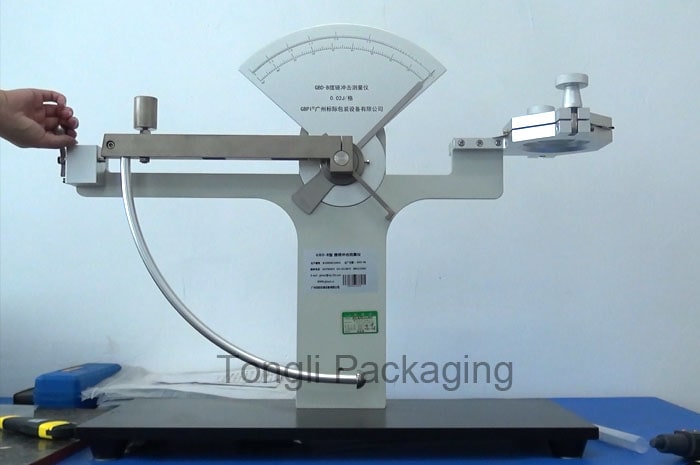VOCs, or Volatile Organic Compounds, are a group of carbon-based chemicals that readily evaporate at room temperature and can affect air quality.
During the production of flexible packaging materials, some volatile organic compounds may have to be used as solvents, such as alcohol, ethyl acetate, 1-Propyl acetate, 2-Propanol. The VOCs retained in the packaging materials will have to be seriously controlled under a certain amount, otherwise it may harm the health of human.
In this post, we will share the details of residual solvents testing on the aluminum foil lamiante PET/AL/LDPE materials.
Sample Foil Material
Here, we get triplex-layer aluminum foil laminate well prepared. The foil structure is PET 12um/AL 7um/LDPE 45um, with an overall thickness of 65 microns.
- PET 12 µm, means polyethylene terephthalate membrane stretched in machine direction and transverse direction with thickness 12 microns (equals to 0.48 gauge). It is of great printability, mechanical stability to work as the print substrate in the flexible packaging industry.
- Al 7 µm, stands for food-grade aluminum foil sheet with thickness 7 microns, which is the most cost-effective foil applied in the flexible packaging industry. It is non-toxic, corrosion resistant, light-weight, durable and high barrier.
- LDPE 45 µm, stands for low-density polyethylene film produced by blown process with thickness 45 mirons. It can be modified to meet the stringent requirements of various products.
These 3 layers are combined together through dry lamination and solvent-free lamination craftsmanship in our manufacturing plant.
Residual Solvents Testing Equipment
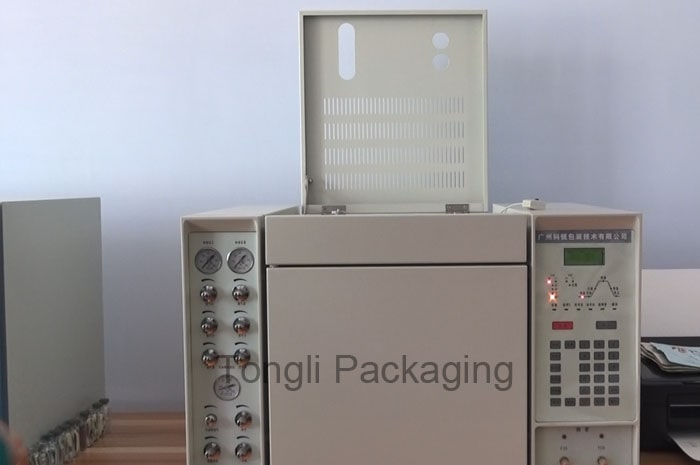
Standard Test Methods
ASTM F1884-98 is designed to measure the volatile organic compounds emitted from packaging materials under high-temperature conditions. It outlines the procedure for determining the quantity of residual solvents released from packaging materials contained within a sealed vial, based on specific time and temperature conditions. We follow ASTM F1884-98 to conduct the residual solvents testing in our laboratory.
Residual Solvents Testing Values
The values of the residual solvents in this test are written in the table below, for your reference.
| Foil Laminate (PET12/AL7/LDPE45μm) | Ethyl Acetate Residual | 1-Propyl acetate Residual | 2-Propanol Residual | |
| #1 | ||||
| #2 | ||||
| #3 | ||||
| #4 |
Residual Solvents Testing Video
You are advised to have a further understanding on the test process by watching the video below.
Conclusion
The residual of solvents in the multilayer flexible packaging products are serioulsy and consistently tested and observed in our laboratory, and we guarantee our packages should meet the stringent requirements of the food safety regulations. The laboratory tests help us to be able to eliminate any risks in the manufacturing procedure and present trust-worthy packaging materials to our customers.


